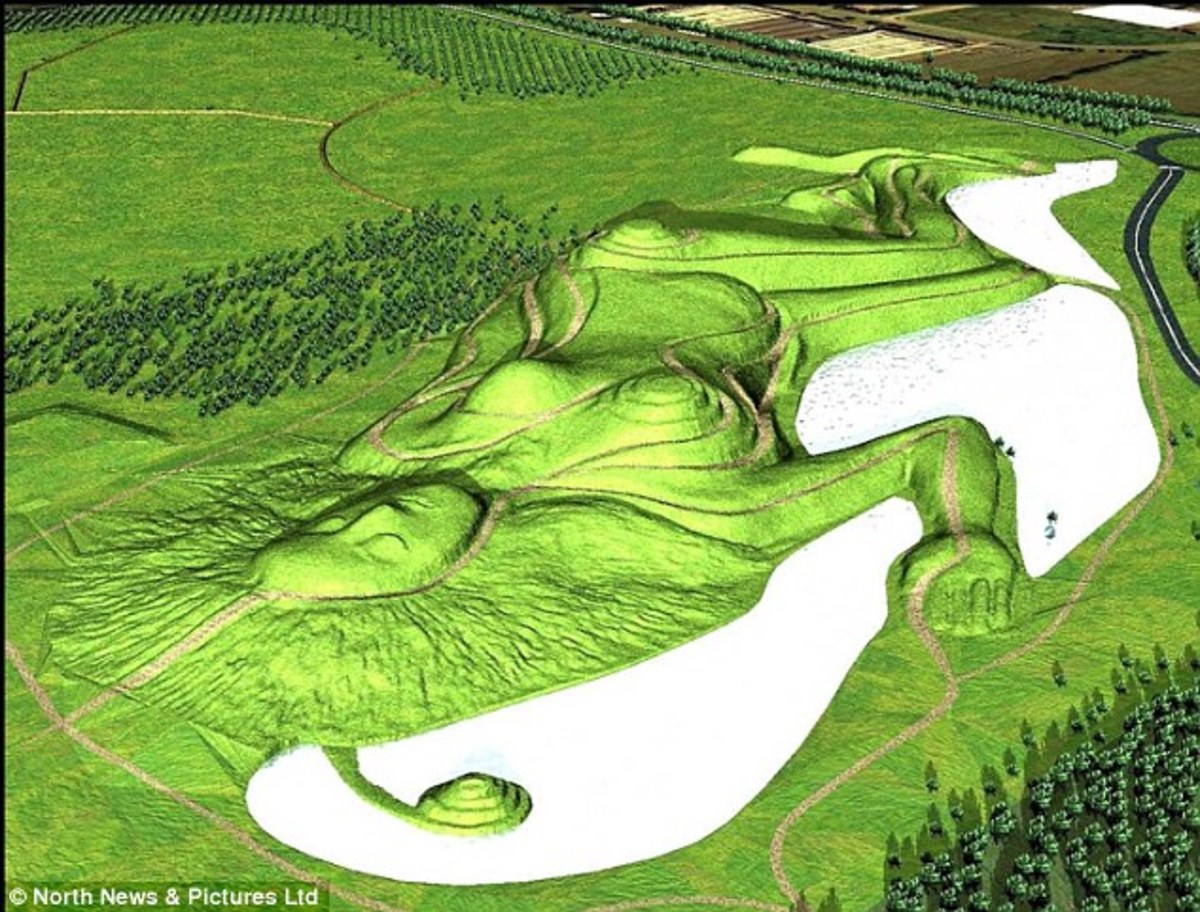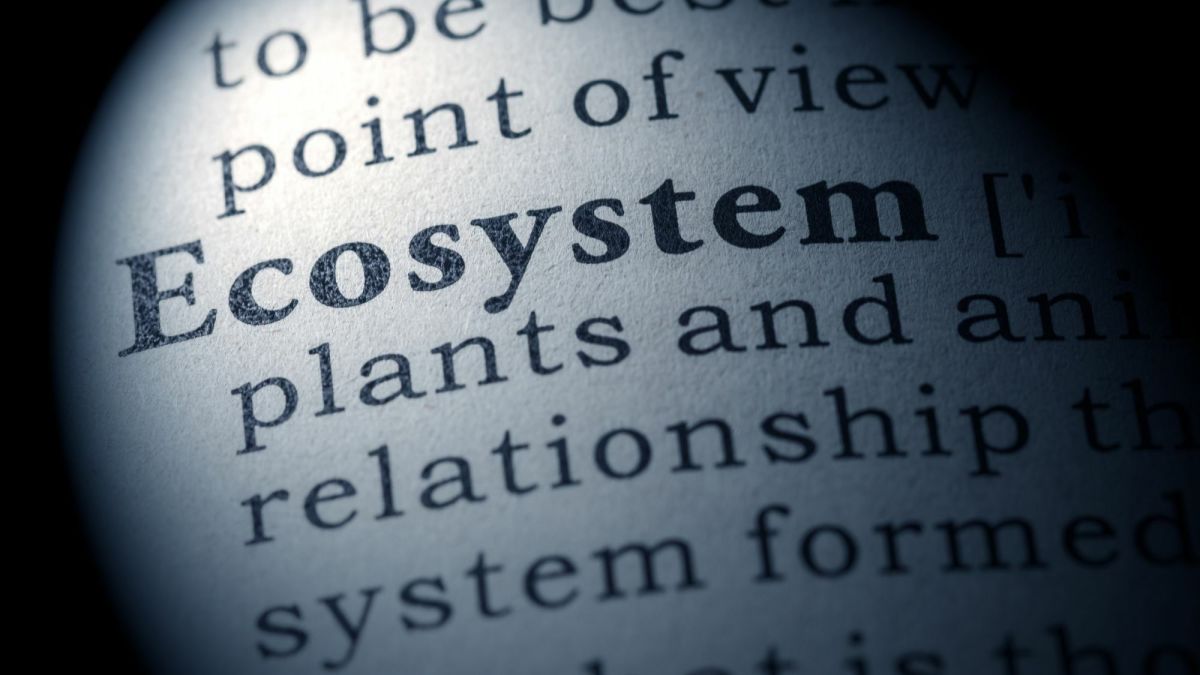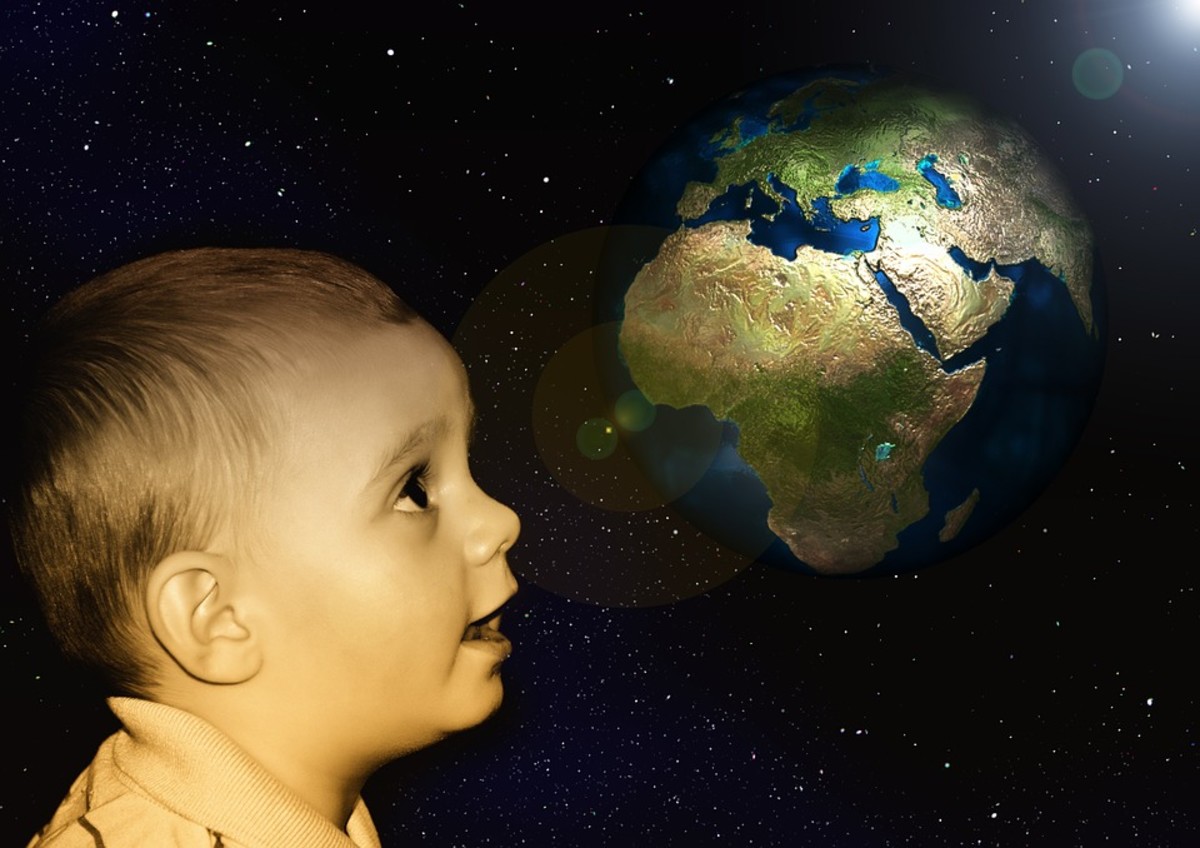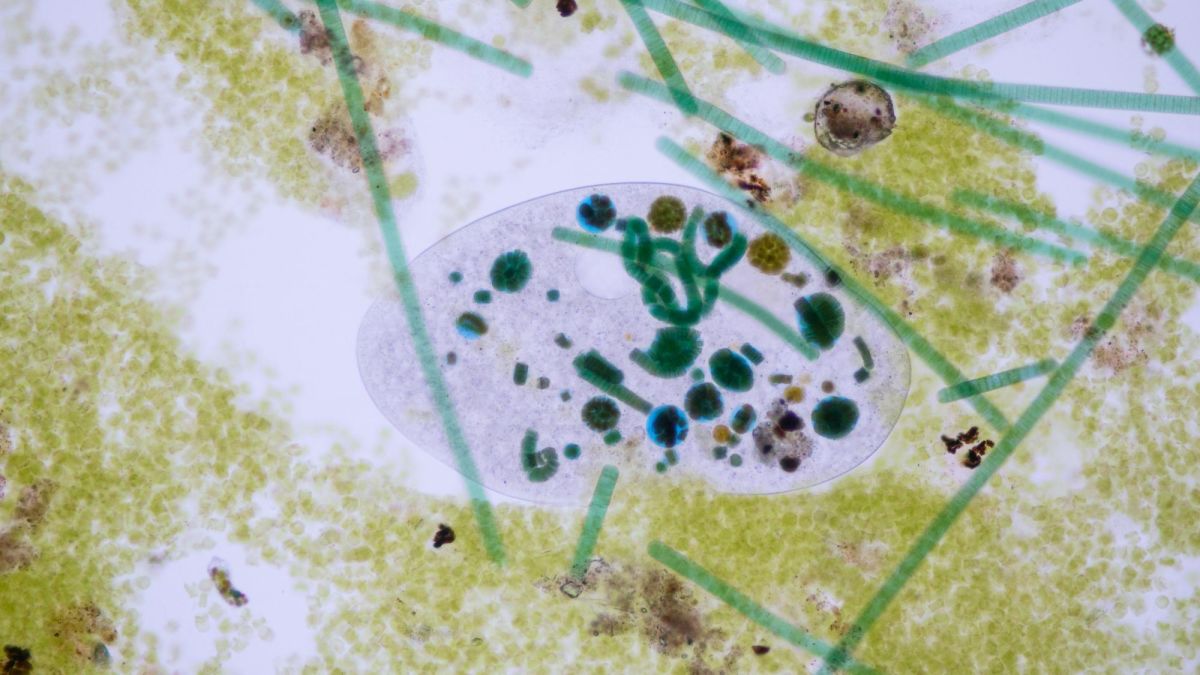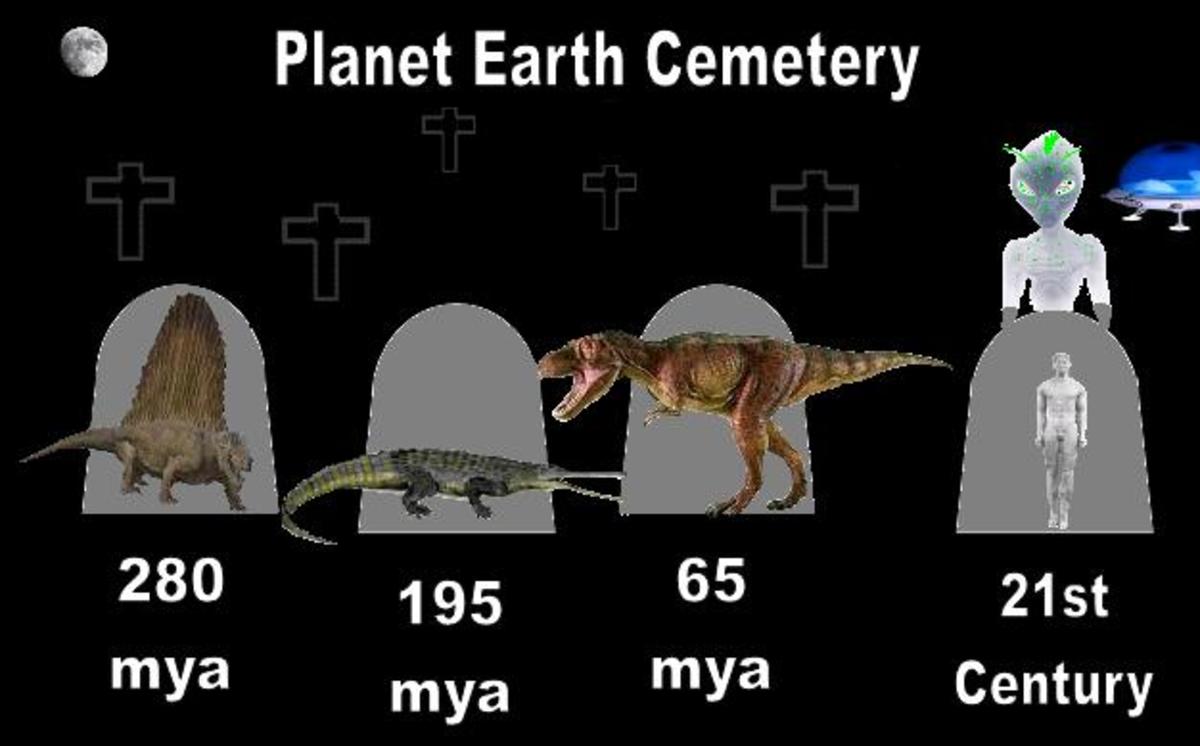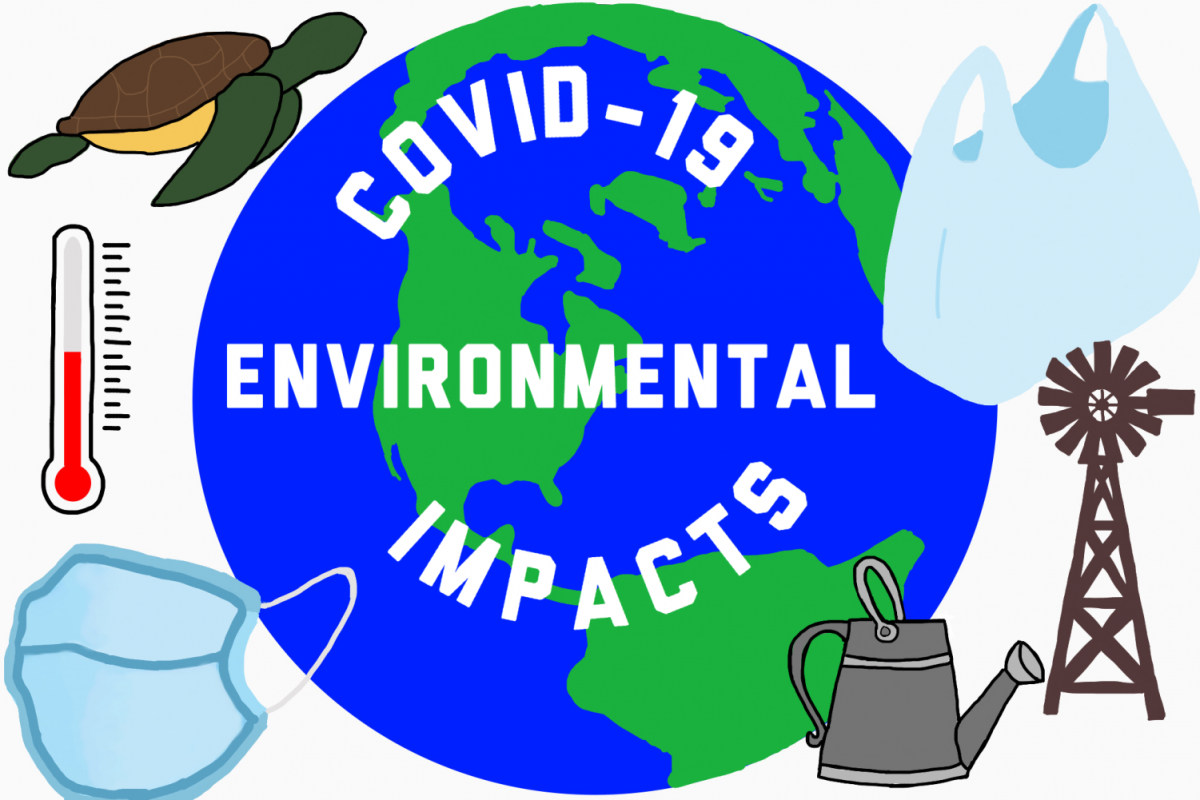Spiritual Ecology - a Way to Save Our Forests
Protect our Trees
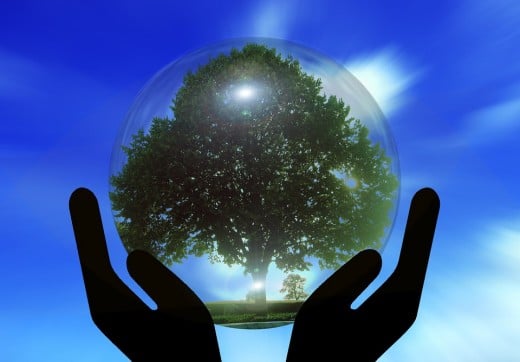
Spiritual Awareness
Spiritual Ecology is a way to save our trees and forests, our world. It is an ever growing movement to promote spiritual awareness in the field of ecological study and conservation. It is still emerging and growing fast with individuals who desire to care for and help heal Earth.
Those who have joined this movement believe the root of environmental issues are spiritual dynamics. This harks back to the indigenous people of times past who saw the importance of spirituality in all of Creation and walked softly upon Mother Earth. If they took anything from Nature it was only what they needed, made certain to give back and say prayers of gratitude. They held Creation as sacred and honored that sacredness.
So many organizations and groups are working to keep Earth safe and restore what has been lost. Individuals also do what they can to help by volunteering. One example is the Order of the Arrow Boy Scout troops and leaders who volunteer once a year after spring floods to clean up and restore the Appalachian Trail in the eastern United States to get it ready for the summer season.
From Sacredness to Utilitarian
So, how did the respect for sacredness of Earth change to overuse of nature for utilitarian purposes? In the early 16th century Scientific Revolution changed the way humans see nature.
From "Physical Sciences" in the Encyclopedia Britannica 25 (15th edition) 1993 p.830:
"A new view of nature emerged, replacing the Greek view that had dominated science for almost 2,000 years. Science became an autonomous discipline, distinct from both philosophy and technology and came to be regarded as having utilitarian goals."
Then along came the Industrial Revolution when the old ways of agriculture, faith and tradition were replaced by "reason", which brought on destruction of Earth and pushed wisdom and sacredness of nature to a less important way of life. Spiritual Ecology endeavors to bring back a sense of balance and harmony to Mother Earth in a way where spiritual and environmental experience will come together with a common goal - to protect what is left on Earth.
Those who work with Spiritual Ecology have a deep spiritual vision of balance, or collective consciousness, between human progress and the needs of Earth. To have a vision of harmony/balance and act upon it is what will save our planet from ecological disaster.
Diana Beresford-Kroeger a woman with vision ~
Visionary
When one can see the need to conserve nature and do what they can to make it happen, that person is a visionary. People like Benton MacKaye, who saw the need to preserve the beauty of flora and fauna in the Appalachian Mountains, have made a huge difference in conservation of wilderness.
To help prevent destruction of natural habitats and beauty of the wild, MacKaye surveyed, designed and had the 2200 mile Appalachian Trail constructed. It has designated individual campsites and a trail to keep people from trampling down habitats in the forests. MacKaye was a man of vision - his idea has saved thousands of acres of nature.
For we need this thing wilderness far more than it needs us. Civilizations (like glaciers) come and go, but the mountain and its forest continue the course of creation's destiny. And in this we mere humans can take part-by fitting our civilization to the mountain
— Benton MacKayeSide Trail on the Appalachian Trail
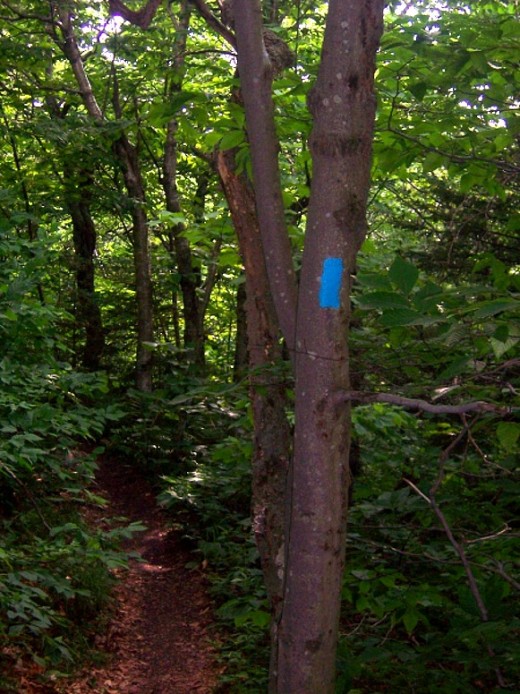
Sir David Attenborough
Sir David Attenborough is an English broadcaster and naturalist. His highly acclaimed “The Life Collection” series established him as the foremost television naturalist.
Documentaries in his association with BBC Natural History Unit produced a comprehensive survey of animal and plant life. Attenborough's "The Life Collection" began with the "Life on Earth" TV series in January 1979, where his global travel traced the story of life on the planet. His presentations brought viewers a clear understanding of nature, animal/bird life and gives people more respect for nature's animal life and their habitats.
Look deep into nature, and then you will understand everything better.
— Albert EinsteinLook Deep to Understand
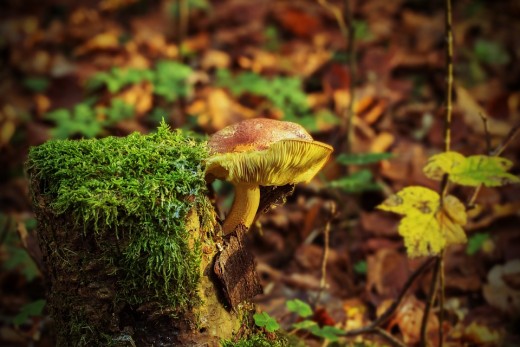
Trees
Trees are beautiful, provide us with nuts, fruits, shade in the summers and stark beauty in the winters. Trees are more important than we realize for the success of preserving planet Earth. Trees purify the air and create soil. A forest regulates ocean currents and wind, provides habitats for plant/animal life, keep the planet cooler, and manage nutrients.
So many forests have disappeared over generations. Ancient and precious trees, like the Bristlecone Pine, have been thoughtlessly cut down for study or vandalized for fun. Prometheus, a Bristlecone Pine tree over 5,000 years old was cut down for research purposes by a graduate student, ending the life of an ancient beauty that withstood all types of weather changes for centuries. Forests are precious to our ecological environment and make Earth more habitable for us - to ignore that is a sad thing, indeed.
There was a time when forests were abundant on our planet. Over three-fourths of our great forests are gone. According to Greenpeace 80% have been "destroyed or irreparably degraded" and the rest are dangerously threatened.
Today I have grown taller from walking with the trees.
— Karle Wilson BakerA Walk With Trees
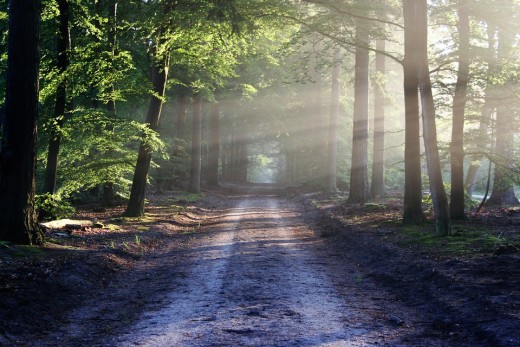
Do you live near a forest?
Mother Earth
Mother Earth has given us so much - it is our responsibility to give back, our privilege to enjoy and protect her. To respect nature and enjoy it we must do what we can to make it better and preserve it.
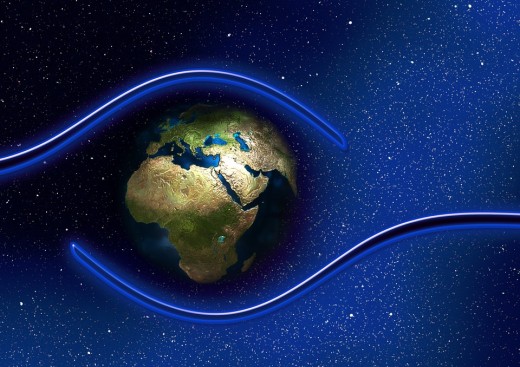
Forget not that the Earth delights to feel your bare feet and the winds long to play with your hair.
— Kahlil GibranGo Ahead, Take off Your Shoes and Enjoy
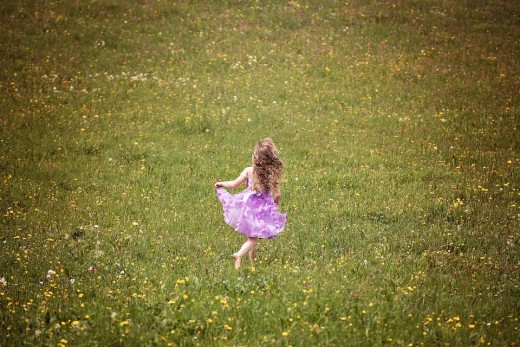
More About our Life-Saving Trees
Below are two more interesting articles about trees. .
John Hansen - Death in Paradise (the Importance of Trees)
- Death in Paradise (the Importance of Trees)
The basis of this hub is the poem "Death in Paradise" but the theme and message of the article as a whole is environmental protection especially the importance of trees to life on our planet.
© 2016 Phyllis Doyle Burns


